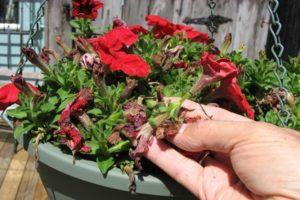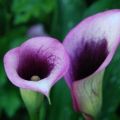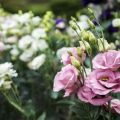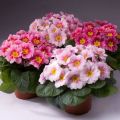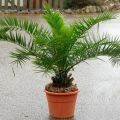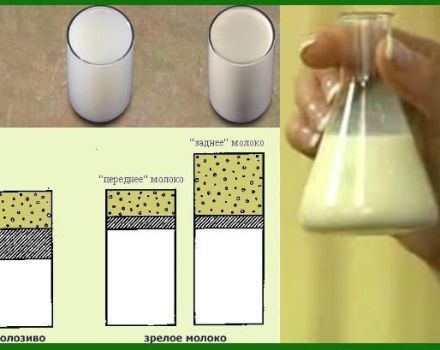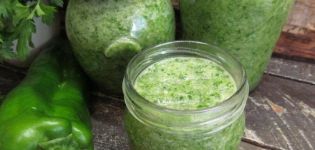Growing and caring for a diploma at home, breeding methods
Dipladenia, thanks to its elegance and beauty, is one of the favorites among florists. This flower can bloom both in the garden and on the balcony in the form of a lush bush or graceful liana. In order for the plant to be strong and attractive, you need to consider all the nuances of growing and caring for a diploma. It is also important to familiarize yourself with the brightest and most sought-after varieties and their distinctive features.
What is the characteristic of diplomacy
Dipladenia belongs to the Kutrovy plant family. She is also known as Mandeville. Its countries of origin are South and Central America.
Biological description
Diplodenium is a flower that is a fast-growing flowering vine with smooth shoots. They grow it in gardens and greenhouses, as well as at home. On strong and curly stems, reaching a length of 3-4 meters, there are leaves of a dark green color with expressive shine.
The plant is characterized by a high growth rate. Its height increases by 60-90 centimeters annually..
How does the plant bloom and how long does it live?
Being a perennial plant, diplophenia, with proper care, can delight with luxurious flowers for more than one year. Its flowering period is long - from late spring to early autumn. The flowers are funnel-shaped and consist of five incompletely separated petals. The color is white, pink and red. The life span of each flower is approximately 12-15 days.
Popular varieties
In total, there are more than four dozen varieties and varieties of this tropical plant in nature. The most popular ones should be reviewed in detail.
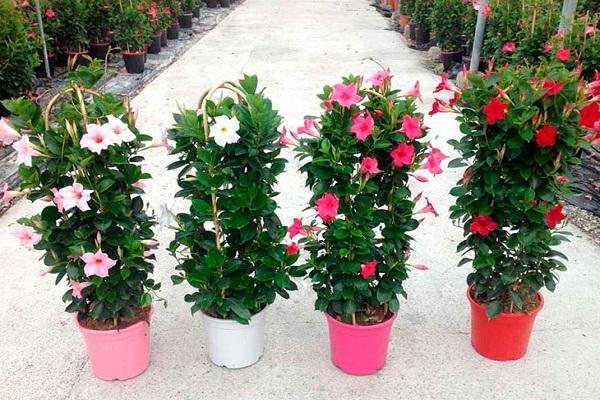
Loose
A distinctive feature of friable dipladenia is the presence of numerous short processes on the sides of the trunk. The leaves are medium in size, have a grayish-green tint. Loose apical inflorescences consist of snow-white or pale cream flowers with pointed petals. The plant is highly resistant to temperature changes and is able to quickly build up green mass.
Sander
The average plant height is three meters.Each inflorescence contains 3-5 flowers of a rich yellow-pink color. The leaves are small and spiky.
Excellent
This is the most graceful and delicate variety of dipladenia. The thin stem of the vine with slight pubescence has a pink color. Collected in a brush, flowers of an expressive pink shade contrast effectively with medium-sized green leaves.
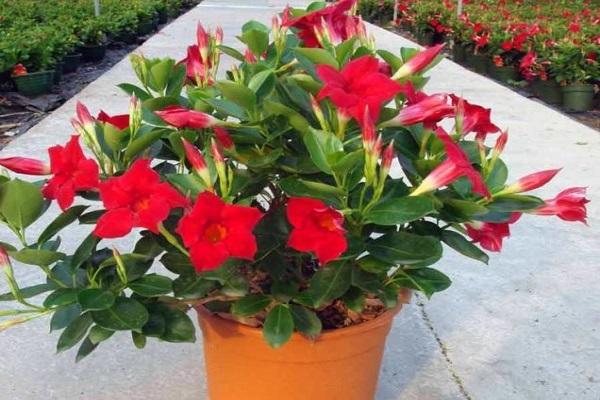
Bolivian
A variety of vines for indoor cultivation. There is a slight hairiness on the stem. Small, dark green leaves with a shiny, attractive surface. Fragrant white flowers are collected in a cluster.
Shiny
Plant with tall shoots and large oval, glossy leaves. The color of the flowers is very expressive - deep pink with a contrasting crimson core.
Red
A characteristic feature of this variety is the rich red color of the inflorescences against the background of dark green foliage. The plant is large, hardy and resistant to temperature extremes.
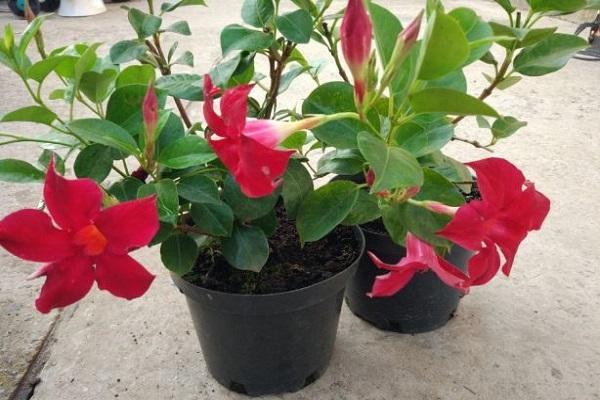
Reproduction of culture
Dipladenia can be propagated using cuttings, seeds and tendrils.
Cuttings
Reproduction by cuttings is a simple and affordable option that growers choose most often. You can collect cuttings in the spring, while the shoots are very young, or in the summer - already from woody plants. It is better to do this in the spring, so that the vine has time to get stronger during the winter. The cut parts of the stems must have a knot and 2-3 leaves.
The following steps are required:
- Plant the cuttings evenly in a peat-sand mixture.
- Cover the container with protective glass or polyethylene. Raise the cover every day to ensure proper air circulation.
- To accelerate root formation, use phytohormones and bottom heating of the container with seedlings.
- Maintain the temperature at +25 ° С.
- After 1-1.5 months, the first roots will appear, after which young vines can be transplanted into separate small flowerpots.
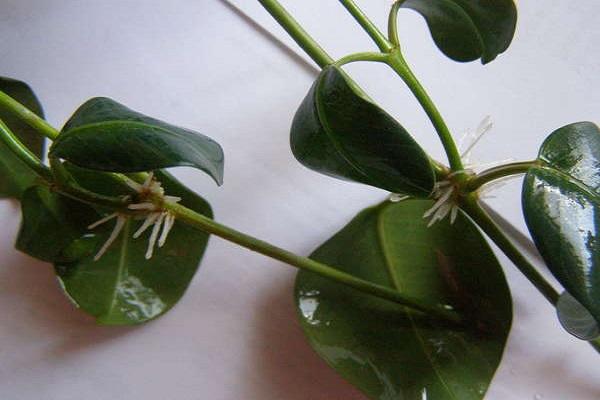
Mustache
On the upper parts of the shoots of the vine, tendrils regularly appear, suitable for reproduction. The shoot bends down to the soil surface and is securely attached at the site of the tendril formation. As soon as the new seedling has roots, it must be separated from the mother plant and transplanted.
Seeds
This method is the most time consuming and laborious, therefore it is only suitable for patient and enthusiastic gardeners. Collect the seeds of diplodenia for subsequent reproduction after the full maturation of the seed capsule. It is preliminarily recommended to soak them in a growth stimulant solution for one day.
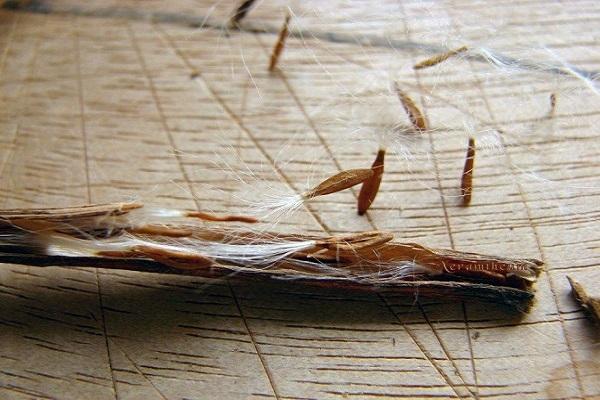
After that it is necessary:
- Fill the grow box with an equal proportion of sand and peat.
- Moisten the soil and place the seeds at a shallow depth.
- Cover crops with plastic wrap.
- Ensure the air temperature in the room is + 25-28 ° С. Additionally, the drawer can be heated from below.
- To get rid of condensation, regularly ventilate the greenhouse.
- Moisten the soil with a spray bottle as needed.
After 4-5 weeks, the first shoots will appear. To make them stronger, you need to properly care for them - protect them from direct sunlight and drafts, and also regularly moisten the soil. When each seedling forms 2 full leaves, you can perform a pick using pots with a diameter of at least 7 centimeters.
Necessary conditions for the growth of diplomatic life
In order for the plant to please with abundant flowering, it is necessary to create suitable conditions for it.
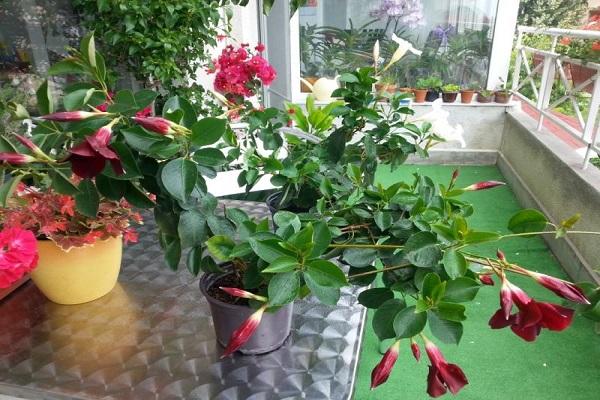
Location and lighting
For diplomacy, you should select places on the eastern side, where the morning sun has a gentle effect. Lighting should be moderately bright and intense. Protect the plant from direct sunlight, as this can lead to leaf burns.On a hot summer afternoon, it is recommended to shade the flower with a light sheer curtain.
A lack of light affects plant growth adversely. The stem of the diplopia begins to stretch out strongly and loses its decorative appeal. Flowering becomes very weak or stops completely.
Temperature indicators
This tropical plant is thermophilic, therefore it needs a temperature in the range of + 21- + 26 ° C. Easily tolerates an increase up to +30 ° С, but only in shading conditions.
In the cold season, the temperature for a houseplant should not fall below +12 ° C. In the opposite case, diplomacy runs the risk of ceasing to develop and bloom.

Air humidity
The air in the room where the dipladenia is grown must be humid. The optimal level is 60-70%. Ideally, there should be no heaters nearby. If this is not possible, you need to constantly use air humidifiers, or place containers filled with water around the flowerpot.
To achieve the optimal level of humidity, you can put the pot with the dip in a tray filled with expanded clay or wet moss.
Required soil composition
The prerequisites for the soil are fertility, looseness, moderate acidity, easy passage of air and water.
The most favorable soil composition for diploding:
- 2 parts of sod land;
- 1 piece of leafy land;
- 1 part sand;
- 1 part of humus;
- 1 part peat.
All components must be sterilized before planting the plant. It is a reliable prophylaxis against root pests.
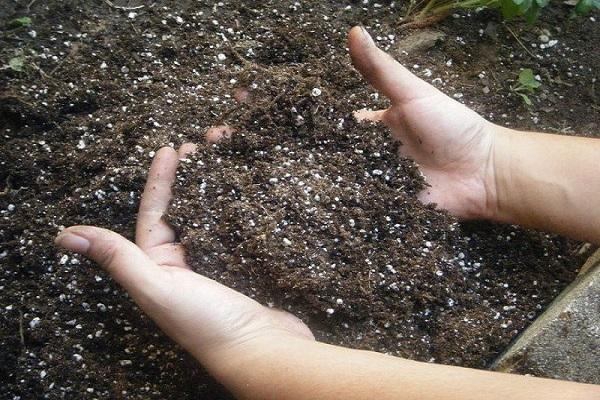
Pot size
For an adult plant, a container is needed that reaches 30 centimeters in diameter and 15 centimeters in height. An important requirement is the presence of drainage holes at the bottom of the pot.
How to plant and care for a indoor flower
The indoor diploma will grow beautiful and healthy if all the rules of planting and care are followed.
Landing time and technology
It is best to plant diplodesia in early spring. Place a drainage layer on the bottom of the pot. Pour 1/3 of the potting mix on top. Place a seedling with roots and an earthen lump in the center of the container. Then fill all the remaining space with a nutrient substrate and compact.
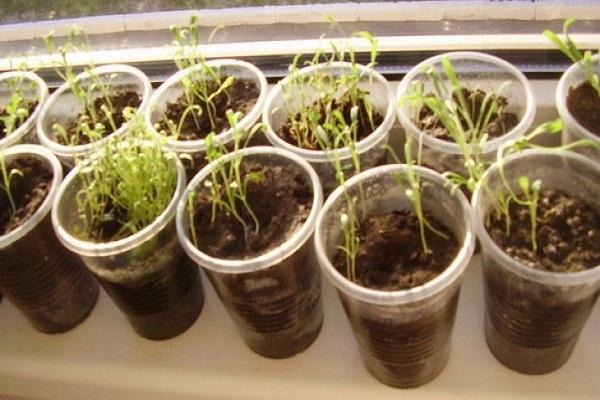
Watering
During the period of growth and flowering, this cultivated plant requires abundant watering - at least twice a week. The maximum frequency is three times to prevent excessive moisture, leading to decay of the rhizome.
The sure signal for the next watering is a slightly dried topsoil.
To water the plant, use soft water at room temperature. From time to time it is recommended to add citric acid in a small amount - 2-3 grains are enough for one liter of water.
Plant feeding
From March to October, twice a month, diplopia should be fed with universal liquid fertilizers that are suitable for most flowering cultivated plants. Nitrogen-containing products can only be used from March to April. After this period, they negatively affect the quality of flowering.
In winter, the plant does not need feeding. It resumes in the spring, at the end of the dormant period.
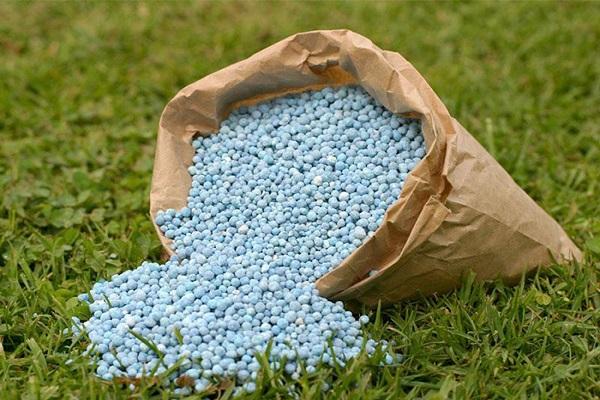
Pruning
For abundant flowering in the next season, the plant needs pruning. This procedure is carried out annually in October-November. With a sharply sharpened knife, two-thirds of the dipledenia shoot is cut off.
Tying to supports
A young plant needs support for proper growth direction. To tie up flexible shoots, you can use a curly plastic base or a trellis or trellis made of wood.
Diseases and pests: treatment and protection
Dipladenia is susceptible to root rot due to waterlogging of the soil. The development of the disease is evidenced by wilting of leaves and flowers.In this case, you need to carefully dig out the roots of the plant from the pot, rinse them, and then treat them with a fungicidal solution. Suitable preparations "Vitaros", "Baktofit", "Previkur Energy", which must be used strictly according to the instructions.

For preventive purposes, it is necessary to sterilize the soil before planting the plant, and also avoid excessive moisture.
The main pests of diplodenia, like many other plants, are root mealybugs, spider mites and whiteflies. Solutions of "Aktara", "Karbofos", "Aktellik" and other insecticides help to get rid of insects.
Bloom
If you follow all the recommendations for leaving, diplodenia blooms effectively before the onset of autumn days. It is important to know how to care for a graceful plant during dormant and wintering periods.
A break from blooming
From autumn to spring, Mandeville has a dormant period. At this time, it is required to reduce the number of watering to stop the growth of plant shoots. Before wintering, pruning of the diplodemy is mandatory.
The nuances of winter care
Before the onset of winter, the flowerpot with dipladenia must be moved to a room with a temperature of +15 degrees. Hypothermia is detrimental to the roots. The plant needs watering only as the soil dries out. Top dressing and spraying are not carried out until the next spring.
